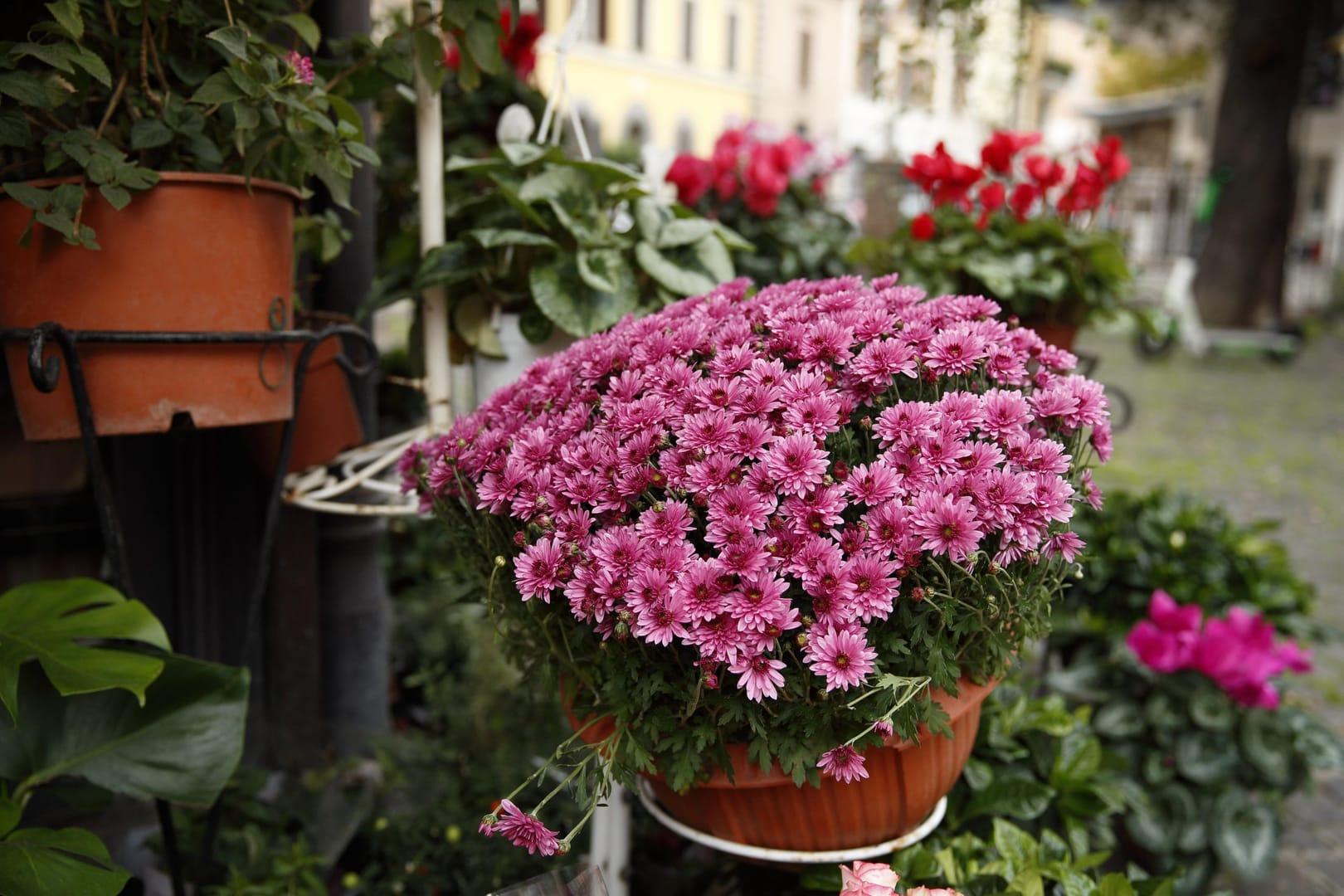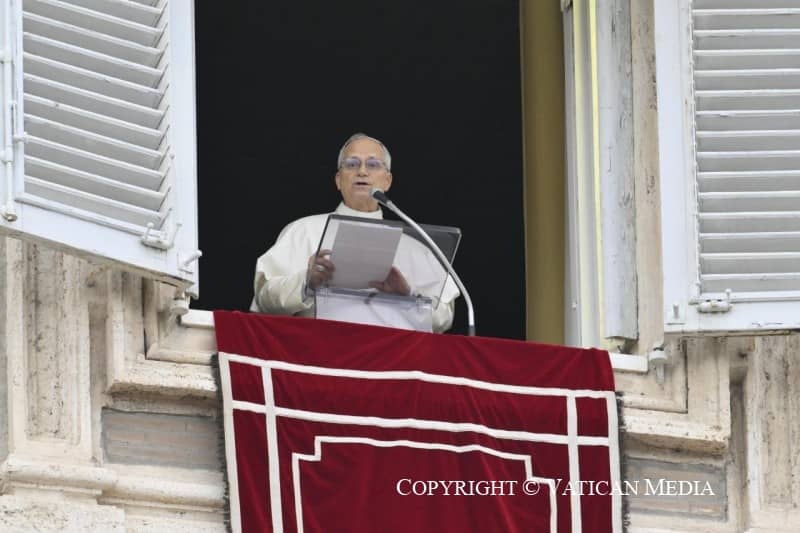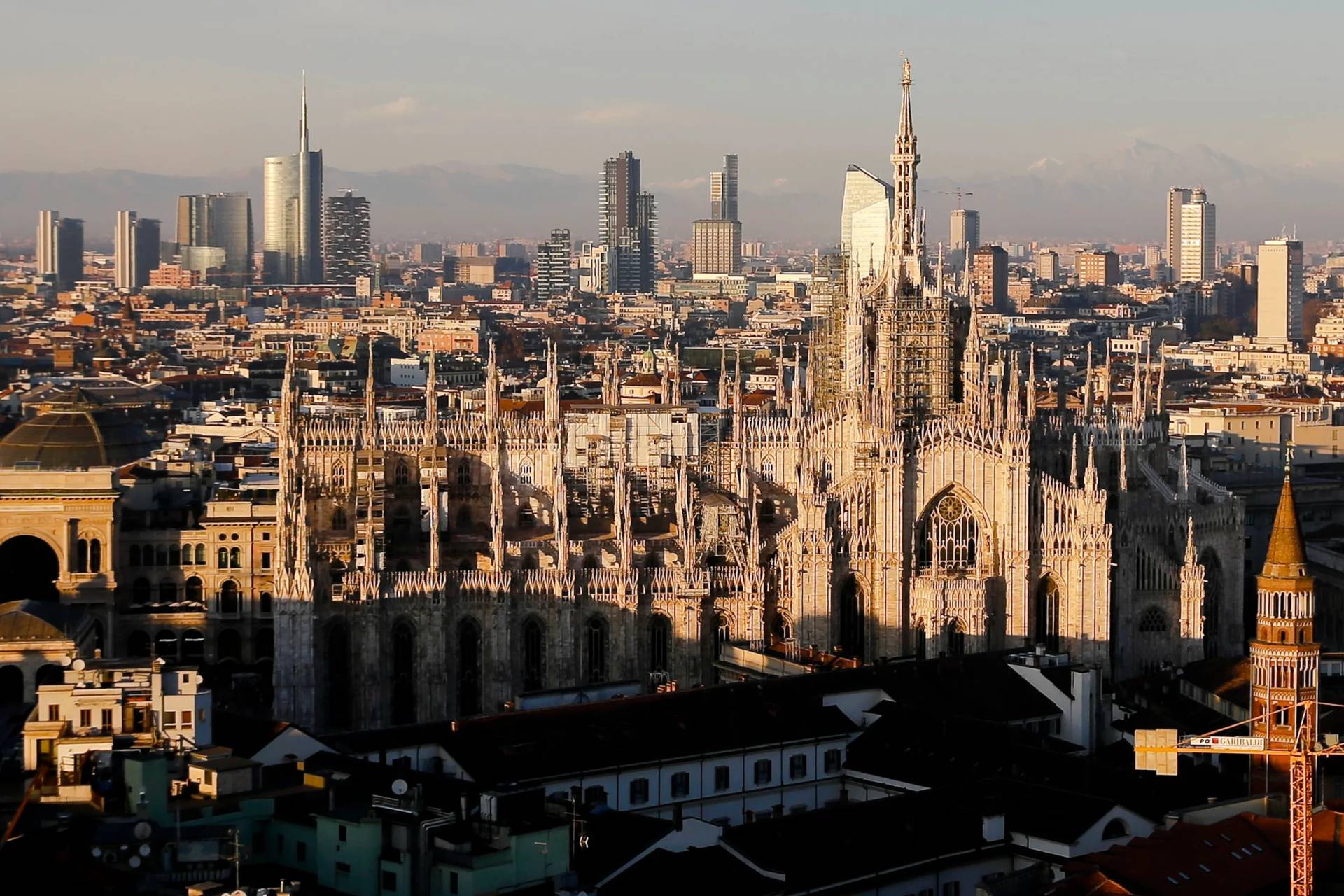ROME — In November, when many Christians say special prayers for their deceased loved ones, chrysanthemums are the flowers seen most often in Italian churches and on Italian graves.
A chrysanthemum is liturgically appropriate, Father Danilo Priori said, not because it has an inherent symbolic value, but because it is plentiful in November, it comes in many colors and, even when used as cut flowers, it is long lasting, which is a sign of “our lasting prayers.”
Priori, pastor of Rome’s St. Martin parish, teaches a bimonthly course on arranging flowers for churches. He earned a diploma from the Italian florists’ association and has studied with the Pious Disciples of the Divine Master, a women’s religious order known throughout Italy for liturgical art.
In an interview Nov. 3 with Vatican News, the priest said the first and most important rule of arranging flowers for a church is: “You must avoid waste and, therefore, avoid large compositions and spending a lot of money because the first objective always would be to help people in difficulty.”
Flowers are an offering of prayer that also add beauty, life, color and scent to a church, he said.
When commemorating the dead in a church, he said, it is appropriate to place flowers at the altar and at the foot of the cross, “the place of Christ’s martyrdom, but also a sign of hope for us because there is always the Resurrection.”
Usually, the choice of flower has less to do with its symbolism and more to do with its availability in a certain area at a specific time of year, he said. “The Christian choice is something seasonal and local,” because of its lower cost and its connection to the place.
Priori said attention to the flowers in a church and their placement is part of a whole effort to ensure the beauty and harmony of the liturgy is seen and heard.
The Bible is full of references to flowers, plants and trees, he said. “There are some passages like ‘the lilies of the field’ in the Gospel that come to mind easily — how they are clothed in majesty, beauty, splendor and purity.”
By teaching the course, he added, “I’m giving some biblical and liturgical formation.”















